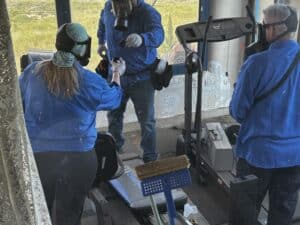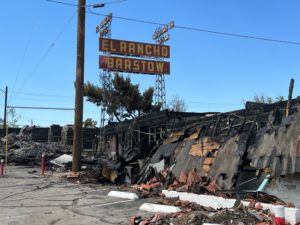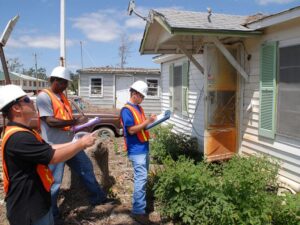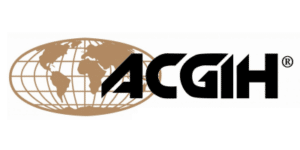What is the Difference Between Phase I, Phase II and Phase III Environmental Site Assessments?

Environmental site assessments are a critical – and sometimes mandatory – due diligence step in the acquisition, financing, development or redevelopment of a property, ensuring that environmental hazards are identified and managed in advance of construction related activities (renovation/demolition) work.
Depending on the circumstances, a site may undergo up to three or more separate assessments, if necessary, to determine the environmental condition of the property as well as the next steps for addressing any issues found. Each assessment builds on the findings of the assessment that precedes it.
Here is an overview of what happens in each phase. Click on the links for more detail.
Phase I Assessment
Lenders often require a Phase I Environmental Site Assessment (ESA) before loaning money for the purchase, lease, development, renovation, or demolition of a property. Even if you do not require a loan, it is a good idea to do a Phase I assessment in order to avoid potential environmental liability and financial burdens down the road.
This phase involves research to determine if there are any reasons to suspect that hazardous materials could be present based on historical site records, government and agency databases, review of site plans, photographs, and other documents indicating past uses of the property and site reconnaissance. Typically, Phase I ESAs examine building department records going back 50 years. Insurance and fire department maps can also be used to identify issues like abandoned storage tanks, a history of leaks or other uses of the property.
A Phase 2 assessment is required if current or past use of contaminants of potential concern are discovered, or if the property has ever contained a gas station, dry cleaners or hazardous chemical storage tanks.
Phase II Assessment
The Phase II assessment is conducted in response to issues identified in the Phase I report. It includes limited surface and subsurface sampling of soil and water. Soil samples are pulled from various depths and analyzed for hazardous material contamination. If contamination is found in soil at a depth of 30 feet for example, the investigation may continue to deeper levels.
The Phase II may also include groundwater sampling and laboratory analysis to test for solvents, metals and other chemicals. If any of these substances are found, regulatory authorities must be notified to help oversee via a Phase III cleanup and mitigation of identified contaminants.
Phase III Assessment
Phase III assessments include additional intrusive testing and a plan to mitigate environmental issues based on the results of the previous assessments. During this phase, the size and source of the contamination will be characterized through methods such as installation of ground water monitoring wells. In addition, soil vapor probes may be used to determine if vapor intrusion is occurring within buildings onsite and indoor air quality testing may also be necessary.
This phase includes the implementation of a mitigation plan that can include an array of remediation methods. Contaminated soil may be treated on site or hauled off for disposal and replaced with clean soil. Groundwater may be remediated and monitored, and soil vapor may be extracted to eliminate hazardous chemicals. Remediation is conducted until concentrations of contaminants meet acceptable regulatory guidelines at a minimum.
Partnering with Omega: Easy as 1,2,3
At Omega Environmental, we are licensed and experienced in conducting all levels of environmental assessment and mitigation. We have deep expertise in helping businesses manage environmental issues quickly, thoroughly and cost-effectively, with a wide range of assessments, including assessments for asbestos, lead, PCBs, mold and moisture and chemical contamination. Click on the link below to learn more about our environmental site assessment services.
Contact Us to Learn More About Environmental Site Assessments










